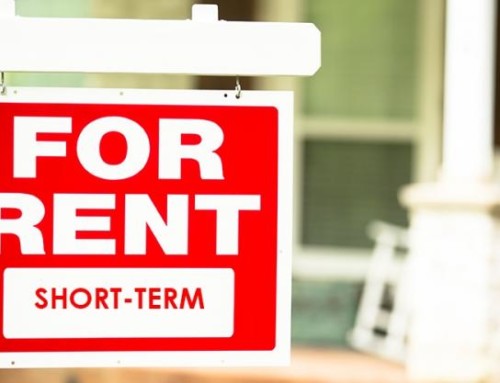More homes are sprouting up across the United States—and the sound of those jackhammers and excavators at work should be music to the ears of aspiring home buyers growing ever more frustrated by the dearth of houses on the market.
Builders began construction on 1,178,000 new homes across the country last month, up a staggering 30.9% from February 2015, according to the seasonally adjusted numbers in the U.S. Department of Commerce’s monthly new residential construction report. The number of new homes under construction also rose 5.2% from January.
“It means that home builders are responding to the demand out there,” says Jonathan Smoke, chief economist of realtor.com®. “We don’t have enough supply of homes to keep up with the increase” in eager buyers.
The number of newly authorized permits, which builders must secure before starting construction, was up 6.3% from the previous year, but Smoke is concerned that the 3.1% drop from January to February may signal a slowdown.
“That’s not a good sign,” Smoke says. “We need more construction.”
He also notes that despite the rental crunch, the number of permits issued for new apartment buildings with five or more units dropped 9.1% from January and was down 9.7% from the previous year.
“It doesn’t bode well for rent increases slowing down any time soon,” Smoke says.
Construction is slower than many would hope, as developers are struggling to find available property and the labor needed to construct new homes.
Because of this, it’s more cost-effective for builders to focus on luxury housing, since only about 10% of first-time home buyers purchase a new residence, says David Crowe, chief economist at the National Association of Home Builders, a Washington, DC-based trade organization.
Most of the new-home buyers are growing families trading in their existing houses for larger, more modern ones, he says.
Builders haven’t been catering to first-time buyers because they often can’t afford the new construction. But Smoke believes that is going to have to change.
“First-time home buyers make up roughly 40% of the market,” he says—and so the growth in the market is in demand for more affordable homes.
New houses are sprouting up in some parts of the country at higher rates than others.
The South led the way with the most work started (but not completed) on new homes, at 615,000, last month, according to the report. That was a 20.8% increase from February 2015.
“There isn’t any land left to build on” in Atlanta’s city limits, says Jen Engel, a real estate agent with Nest Atlanta eXp Realty. “We’ll see a lot of demolition. They’ll knock down a house, and they’ll put up a new one or maybe two.”
Demand for these brand-spanking-new homes are high, but younger couples can rarely afford them. They’ll move into recently remodeled or rehabbed abodes instead, she says.
The amount of new construction begun in the South was followed by the West, where 309,000 homes began rising from the earth, up 27.2% from the prior year. Builders began work on about 181,000 new residences in the Midwest, up 77.5% from a year earlier.
The fewest residences were rising in the Northeast, where there often isn’t as much land available for new developments. Construction began on about 73,000 homes last month. That was still a significant 58.7% hike from the prior February, but down 51.3% from January.
In the Hartford, CT, region, buyers are racing to scoop up attractively priced and well-staged homes within 20 to 45 days of going on the market, says real estate agent Wayne Horgan of Coldwell Bankers Residential Brokerage in Wethersfield, CT. That’s compared to six to 12 months a few years ago.
That’s partly due to having some “towns where there is no land available for building and the lots are quite small,” he says.
Nationally, 1,016,000 new residences were completed last month—good news for home buyers looking for a place to call their own, according to the report. That represented a 4.2% dip from January, but still a 17.5% year-over-year jump.
Builder confidence in the market for new single-family residences remained steady in March, according to the monthly National Association of Home Builders/Wells Fargo Housing Market Index. Nearly 300 builders were surveyed for the report.








